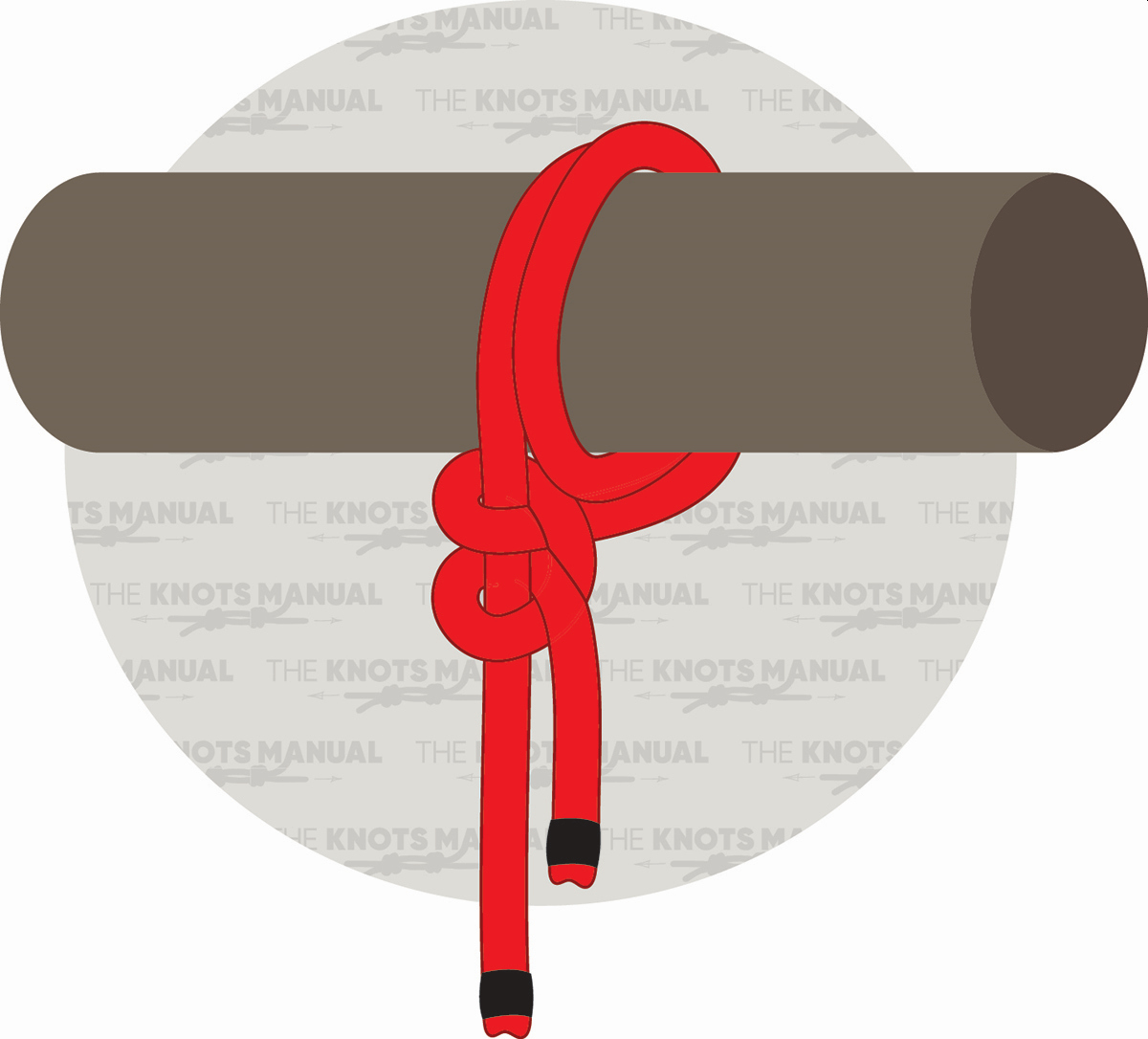Arborist knots are essential for anyone working with trees. They provide the strength, security, and versatility needed for many different tasks. Knowing the right knots will not only prevent accidents, but it will also get the job done easier and faster. Whether someone is climbing, lifting heavy branches, or tying down equipment, using the proper knot can make a big difference.
1. Bowline Knot
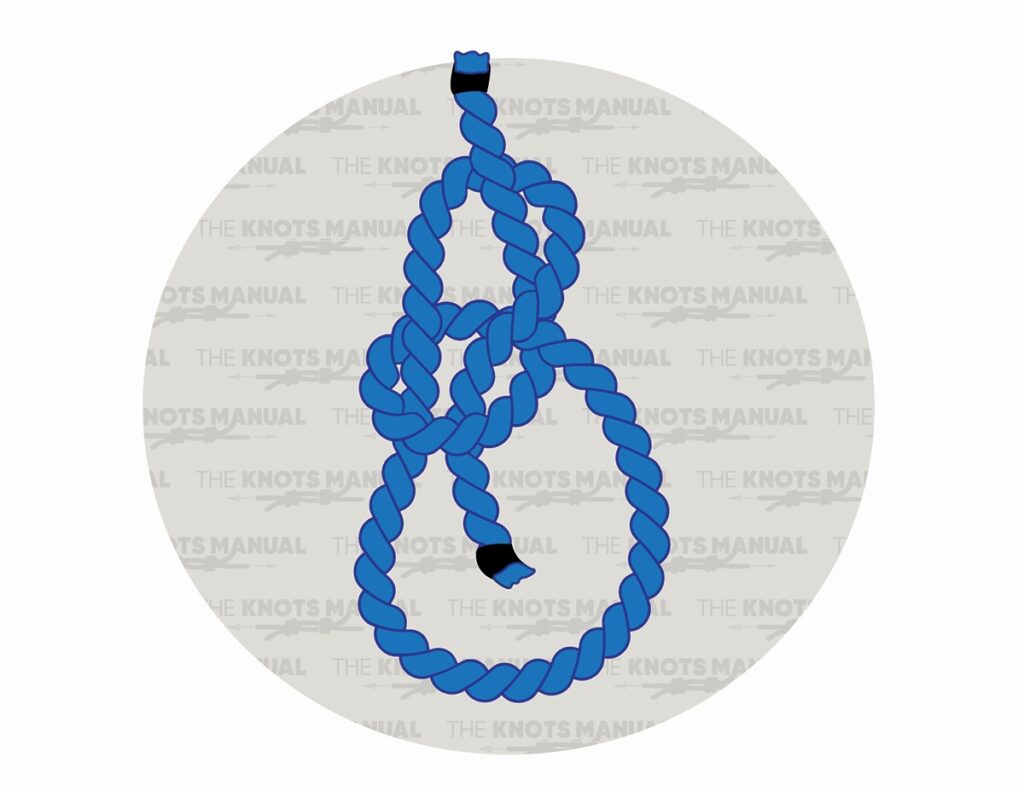
The Bowline Knot creates a strong loop at the end of a rope. Arborists use it to tie ropes around a tree or anchor point when climbing or securing gear. It’s reliable because it provides a strong, non-slip loop that won’t tighten under load and is easy to untie after bearing weight.
To tie the Bowline Knot, form a small loop near the end of the rope. Pass the working end through this loop, then go around the standing end, and finally back through the loop, only the other way. Tighten the knot by pulling the working end opposite to the fixed loop.
2. Clove Hitch
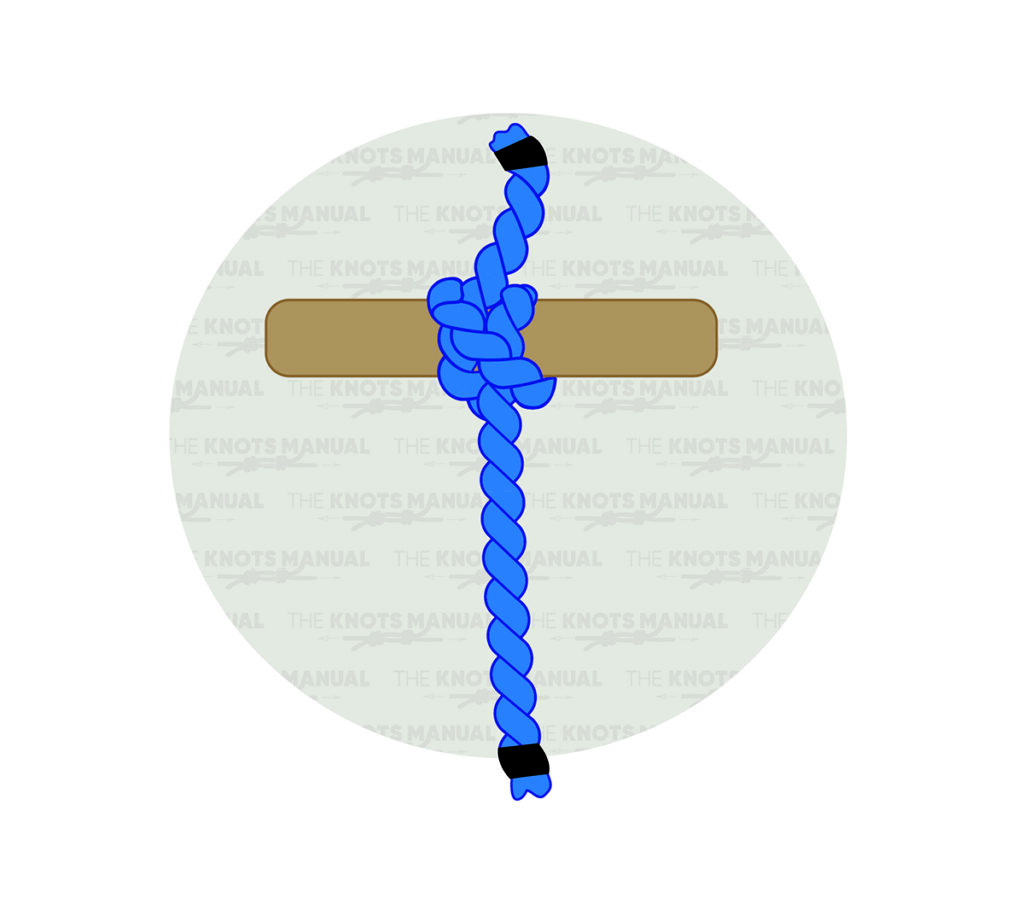
The Clove Hitch is used to secure a rope to a pole or tree quickly. It’s perfect for temporary anchoring or attaching rigging lines. This knot is essential because it’s simple to tie and adjust, though it should always be backed up with another knot for added safety.
To tie a Clove Hitch Knot, wrap the rope around a pole or tree. Cross the rope over itself, and then wrap it around again. Tuck the end under the second loop before pulling tight to secure it.
3. Figure-Eight Follow Through Knot
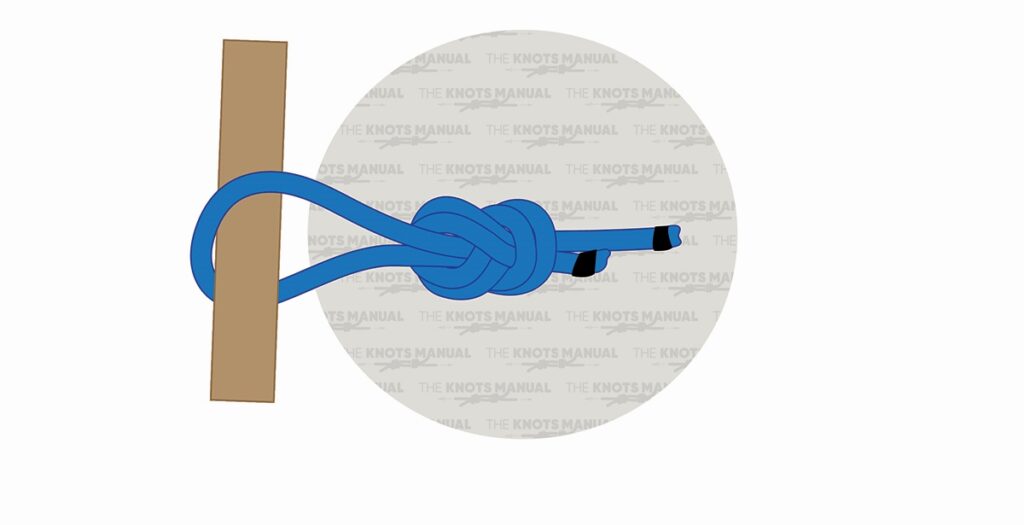
One of the most reliable knots in climbing and rigging, the Figure-Eight Follow Through Knot is a stopper knot that prevents a rope from slipping. It’s strong, easy to inspect, and even after a heavy load, you can still untie it without too much struggle. Arborists use it frequently in tree climbing for its durability and reliability in high-stress situations.
To tie a Figure-Eight Follow Through Knot, start by loosely forming a regular Figure-Eight Knot near the rope’s end. Then wrap the working end around the object and pass it through the loops of the figure eight. Next, bring the working end behind the big loop and pass it next to the upper line. Take it out parallel to the standing part and pull the ends to tighten.
4. Prusik Knot
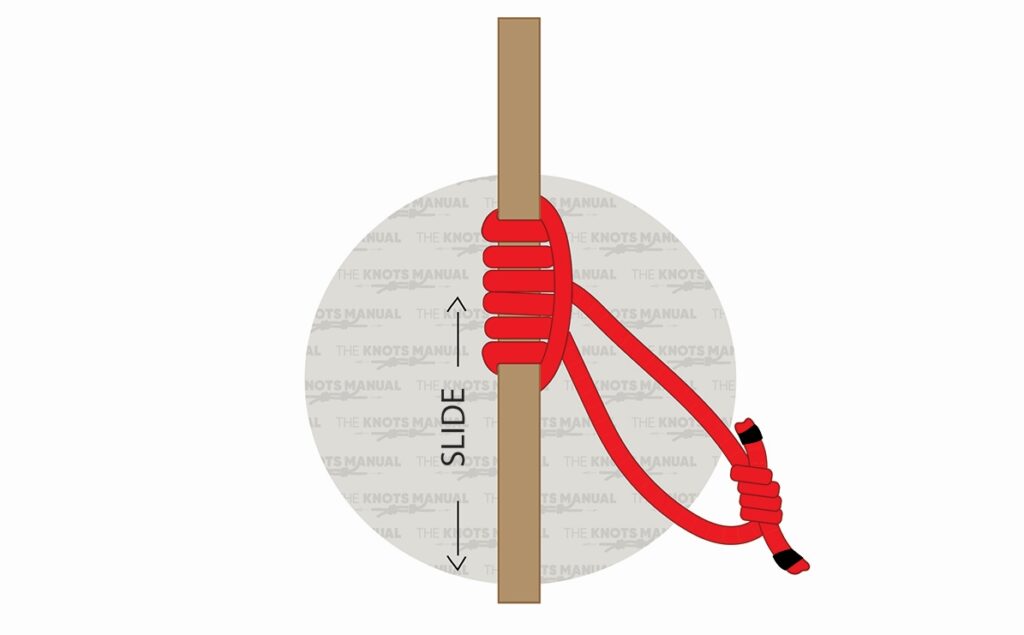
If you need to climb a rope or adjust your position without slipping, the Prusik Knot is your best friend. It grips tightly when weight is applied but slides smoothly when you release tension. Arborists use it for ascending and descending ropes, as well as for backup safety measures during climbs.
To tie a Prusik Knot, wrap a smaller rope around a larger rope three times, making sure the loops lay neatly side by side. Then, thread the working end back through the loops and pull tight to secure the knot. When weighted, it grips the main rope, but it can slide when released.
5. Timber Hitch
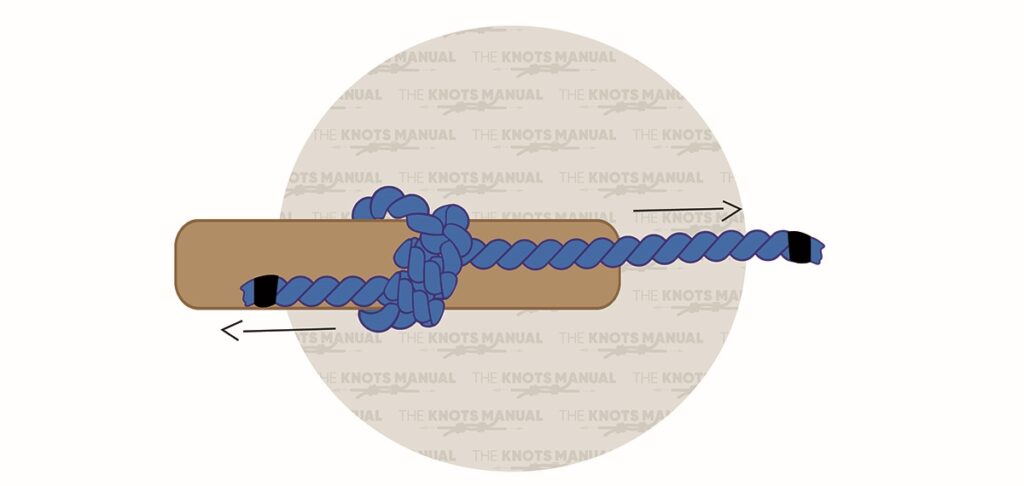
Need to move logs or heavy branches? The Timber Hitch is designed for exactly that. It tightens securely under tension but loosens up easily once the job is done. This knot is a staple for arborists handling large pieces of wood, whether dragging or hoisting them into place.
To tie a Timber Hitch, wrap the rope around a log or branch, then loop the working end around the standing part and twist it at least three times. Pull tight to secure the knot, ensuring the twists grip the wood. The knot tightens under tension but is easy to untie when slack.
6. Alpine Butterfly Knot
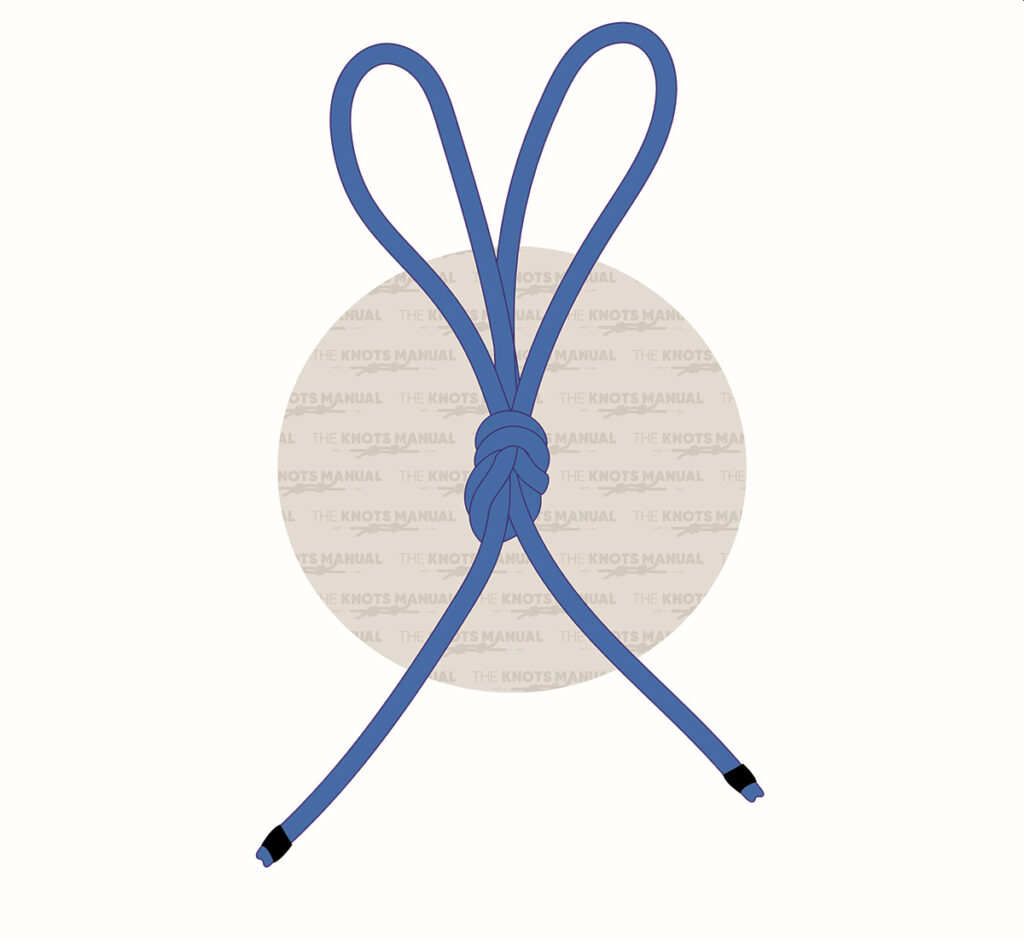
The Alpine Butterfly Knot is perfect for creating a strong loop in the middle of a rope, allowing you to attach gear, isolate a damaged section, or add an anchor point. It holds up under load and doesn’t weaken the rope, making it a reliable choice for arborists who work in dynamic, high-stress environments.
To tie an Alpine Butterfly Knot, twist a loop in the rope twice to form a figure-eight shape. Pull the top of the loop down through the lower opening of the eight. Tighten by pulling both ends of the rope while holding the loop.
7. Double Fisherman’s Knot
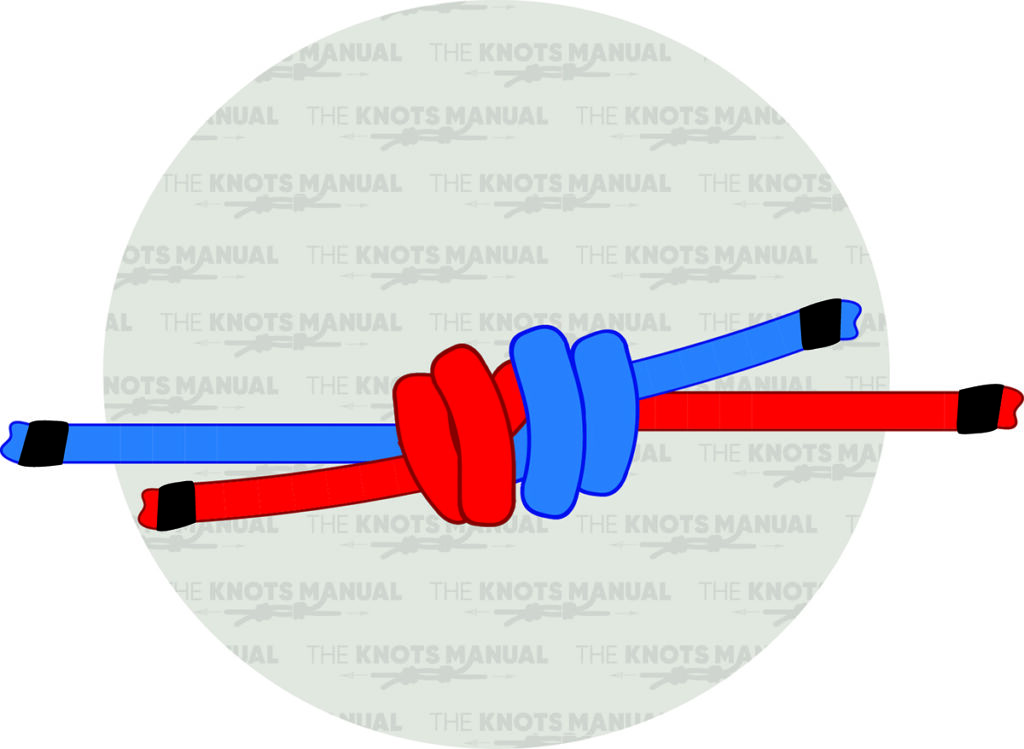
When you need to securely join two ropes together, the Double Fisherman’s Knot is the way to go. It’s compact, extremely strong, and won’t slip under pressure. Arborists often use it to extend ropes for climbing or rigging, ensuring they have the length and security needed for the job.
To tie a Double Fisherman’s Knot, place two rope ends parallel. Next, wrap one end around the other rope twice. Then tuck the end through the loops. Repeat with the other rope end in the opposite direction. Pull both standing ends to tighten the knots against each other.
8. Basket Hitch
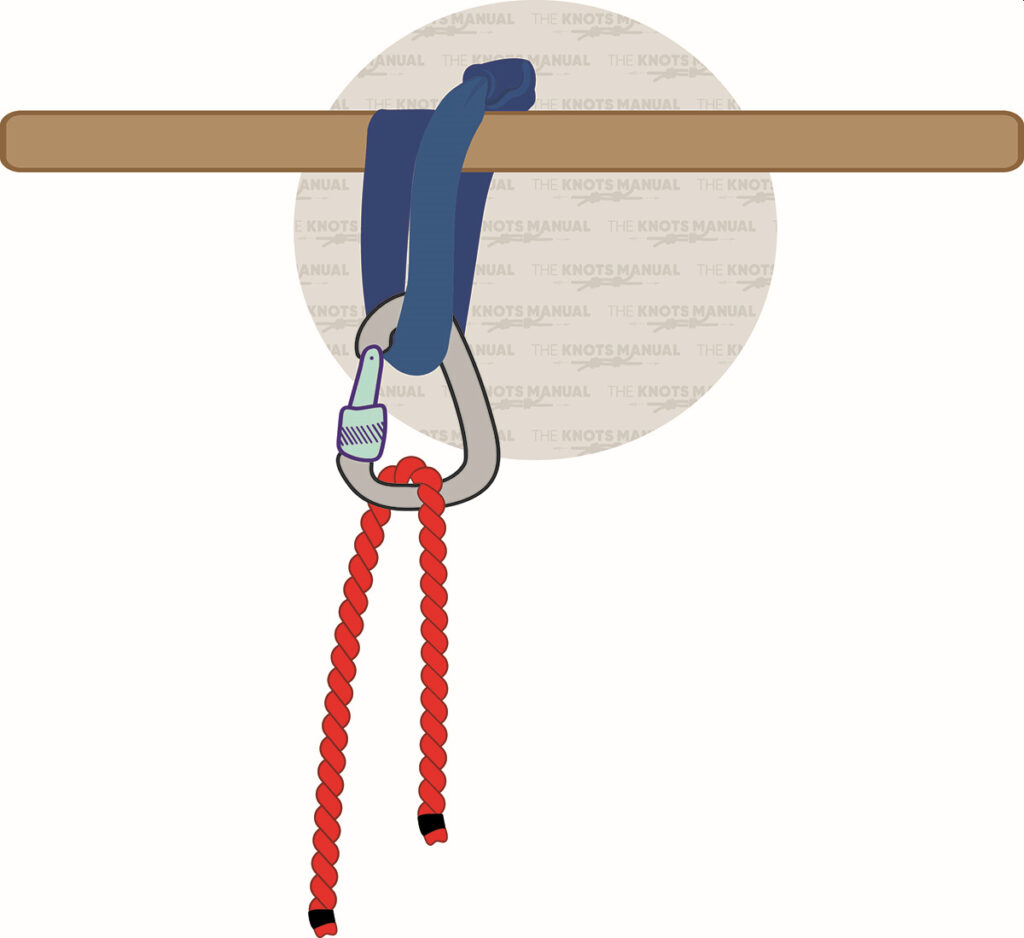
A Basket Hitch is a knot used to create a secure anchor point by looping a rope or webbing around a tree limb or other support. Because this hitch knot distributes weight evenly and provides a stable hold, it is heavily relied on by arborists for rigging and lifting operations. Its simplicity and strength make it an essential tool for securing heavy loads during tree work.
To tie a Basket Hitch, position a webbing sling above an anchor point, such as a tree limb, and make sure the beer knot is centered. Then wrap the two ends of the sling down each side of the anchor point and bring them together. Hook a carabiner into the loops to take the load. When weighted, the hitch tightens securely around the anchor.
9. Blake’s Hitch
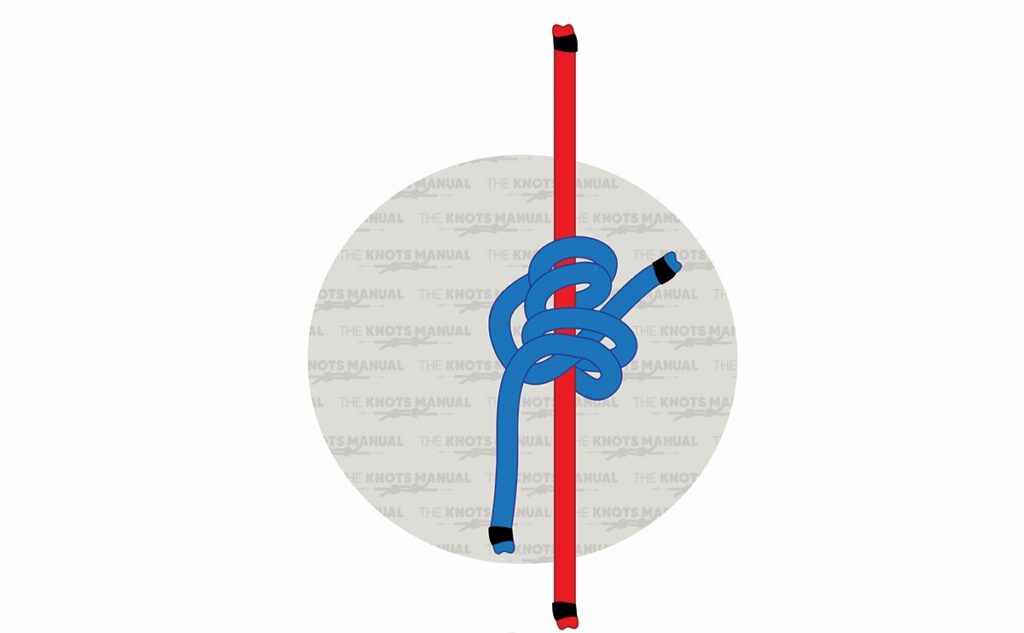
For climbing without mechanical devices, Blake’s Hitch is a go-to friction knot. It provides a secure grip while allowing smooth movement up and down the rope. Arborists love this knot because it’s easy to tie, adjust, and untie, making it a reliable option for both beginners and seasoned professionals.
To tie a Blake’s Hitch, wrap the rope four times around the standing line a little loosely. Then bring the working end back down and around itself. Next, tuck the working end under the last two wraps so that it comes out of the middle of the four wraps. Tighten the knot by pulling both ends to secure it in place.
10. Munter Hitch
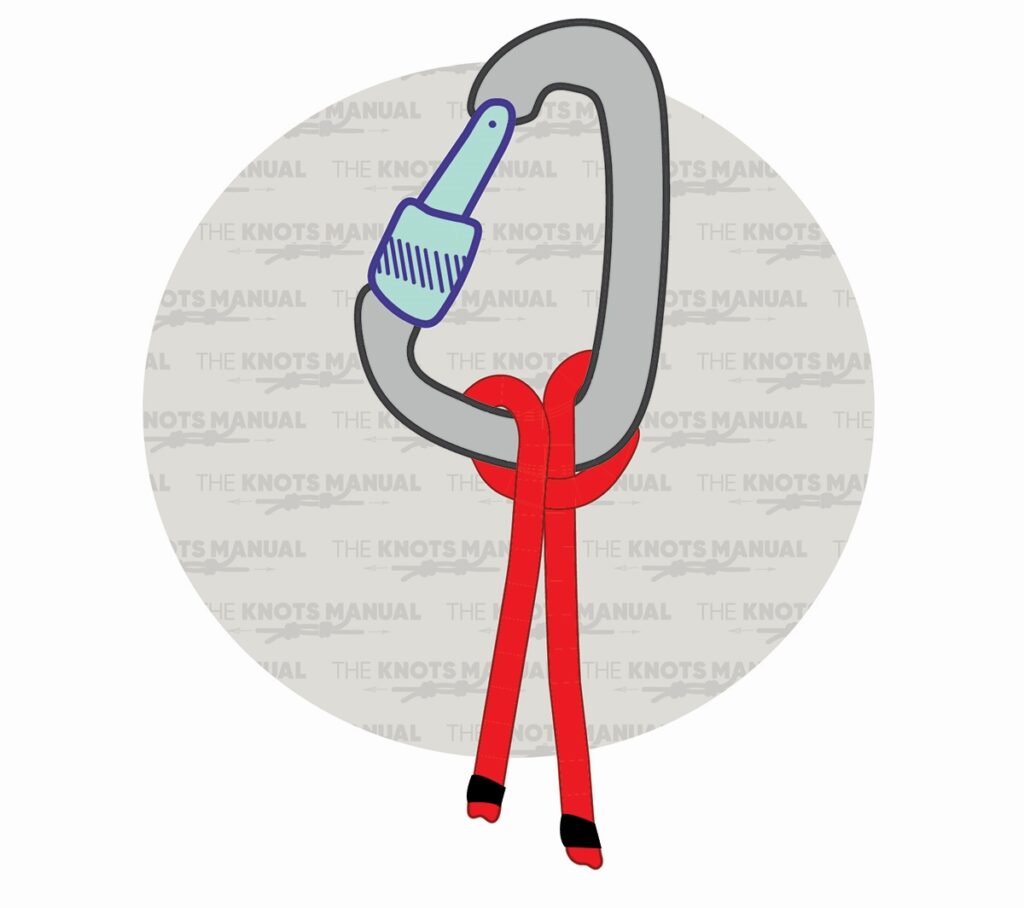
The Munter Hitch is incredibly useful for belaying or controlling rope tension when lowering equipment. It’s quick to tie and doesn’t require a belay device, making it perfect for emergency situations. Arborists rely on this knot when they need an easy, effective way to manage heavy loads on the fly.
To tie a Munter Hitch Knot, make two loops in the middle of a rope in opposite directions. Then place a carabiner through both of them. Pull both ends to create a reliable and adjustable hitch that can be used for securing and lowering.
